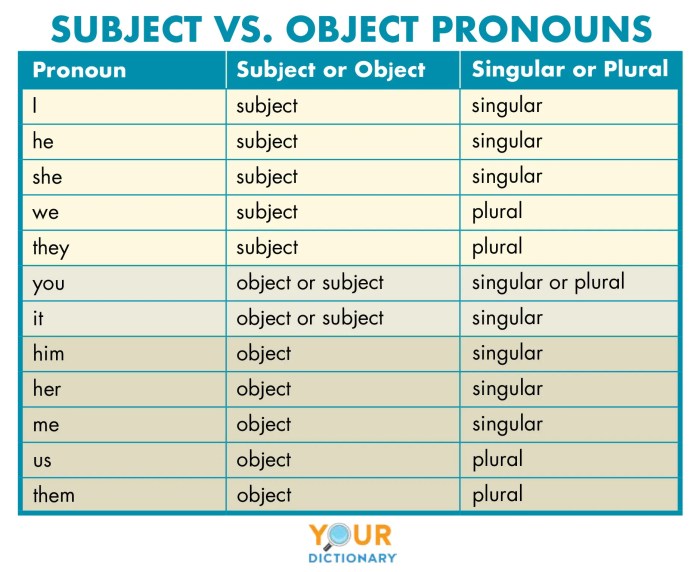Prepositions show all of the following types of relationship except, embarking on an exploration of the multifaceted world of prepositions, their diverse roles in expressing relationships, and the exceptions that challenge our understanding.
Delving into the intricacies of prepositions, we uncover their remarkable ability to convey spatial, temporal, and logical connections between words, phrases, and clauses. Yet, amidst this vast array of relationships, there exist certain types that remain elusive to the grasp of prepositions, prompting us to question the boundaries of their expressive power.
Types of Relationships NOT Shown by Prepositions

Prepositions are grammatical structures that express relationships between words, phrases, or clauses. While prepositions typically indicate spatial, temporal, or logical connections, they do not express all types of relationships.
Specific types of relationships that prepositions do not express include:
- Ownership or possession
- Comparison or contrast
- Cause and effect
- Purpose or intention
Alternative Ways to Express Relationships Not Covered by Prepositions

To express relationships not covered by prepositions, other grammatical structures or constructions can be used, such as:
- Nouns:“The book of poems” (ownership)
- Possessive adjectives:“My book” (ownership)
- Comparative and superlative adjectives:“The taller of the two trees” (comparison)
- Conjunctions:“Because of the rain, we stayed home” (cause and effect)
- Infinitives:“I came to study” (purpose)
These alternative structures differ from prepositional phrases in that they do not use prepositions to express the relationship.
Impact of Prepositional Usage on Sentence Structure: Prepositions Show All Of The Following Types Of Relationship Except
Prepositions play a crucial role in determining the structure of sentences. They can:
- Connect nouns, pronouns, and phrases:“The book is on the table.”
- Indicate the position or location of something:“The cat is under the bed.”
- Express the relationship between a verb and its object:“I gave the book to my friend.”
The use of prepositions affects the flow and clarity of sentences, helping to create logical and coherent structures.
Common Errors in Prepositional Usage

Some common errors that occur in the use of prepositions include:
- Using the wrong preposition:“He went to the store” (correct: “He went to the store.”)
- Omitting a preposition:“I forgot my keys on the table” (correct: “I forgot my keys on the table.”)
- Using a preposition incorrectly:“I’m not interested in the book” (correct: “I’m not interested in the book.”)
These errors can result in unclear or confusing sentences. To avoid them, it is important to understand the correct usage of prepositions.
Quick FAQs
What types of relationships can prepositions express?
Prepositions can express spatial relationships (e.g., in, on, under), temporal relationships (e.g., before, after, during), and logical relationships (e.g., because of, despite, according to).
What types of relationships can prepositions not express?
Prepositions cannot express relationships of comparison (e.g., more than, less than), purpose (e.g., in order to, so that), or possession (e.g., of, belonging to).
What are some alternative ways to express relationships not covered by prepositions?
Other grammatical structures that can be used to express relationships not covered by prepositions include conjunctions (e.g., and, but, or), subordinating conjunctions (e.g., because, although, if), and prepositional phrases (e.g., in addition to, as a result of).